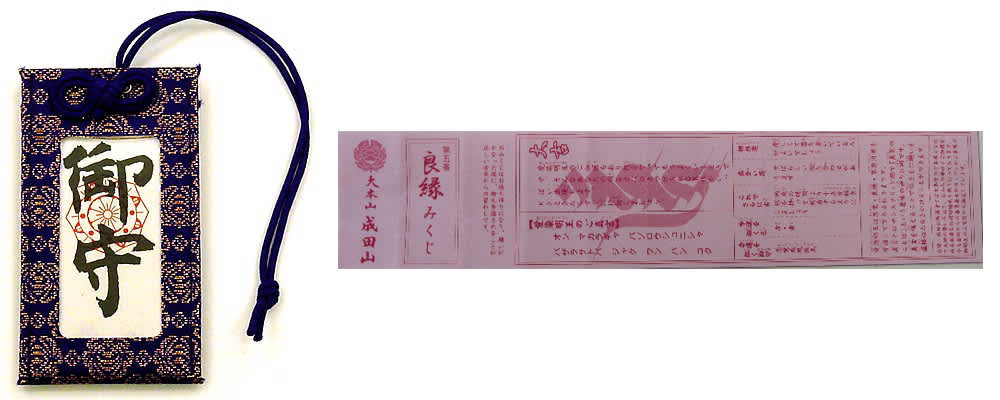Japan's shrines and temples are particularly bustling with worshippers during winter, when many pray for a healthy and happy new year. Visiting temples and shrines to pray for good fortune is common practice throughout the year, too. Along with offering prayers to the enshrined deities, visitors to Japan’s religious sites can pick up mementos of their visit, such as amulets (omamori), fortune-telling slips (omikuji), and original stamps known as goshuin.
Goshuin and goshuincho
When visiting a Shinto shrine or Buddhist temple in Japan, you are likely to see people lining up at a counter and clutching small, decorative books. They are waiting for a goshuin, an original shrine or temple stamp. Each shrine or temple has its own design, meaning a goshuin is a distinctive memento. The priest or staff member will put a red stamp in your goshuincho—the book for collecting goshuin—and inscribe extra details in black ink. Visitors will find goshuin, as well as goshuincho, at shrine and temple offices. If you are unsure where to go, look for a place to buy amulets and fortune-telling slips, or ask the staff.
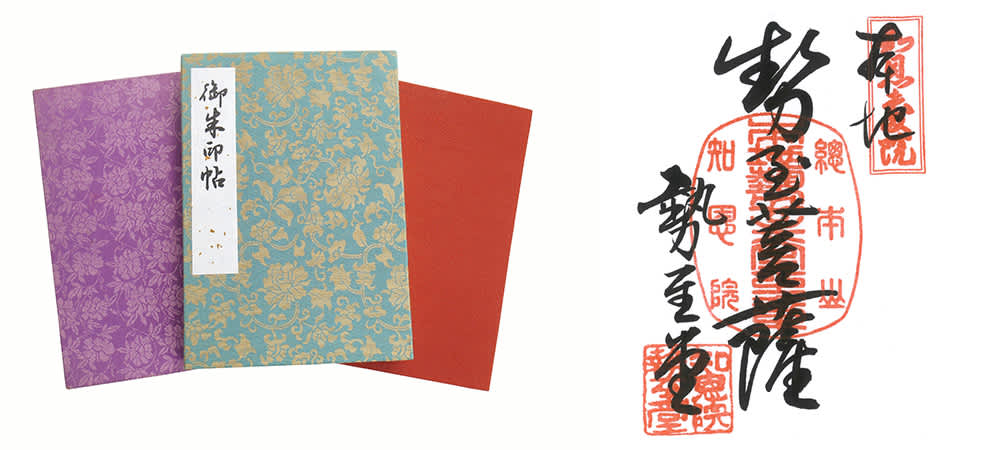
Photo credit: Jodo Shu head temple CHION-IN (right)
How to get a goshuin
Goshuin usually require a donation of around 300–500 yen, and visitors should pray before lining up to receive a stamp. Open your goshuincho to the desired page and hand it to the staff; they will then stamp the page before adding extra details in calligraphy. If you are unfamiliar with kanji characters, it’s a good idea to add a slip of paper with the shrine or temple’s name to help you remember the origin of the stamp.
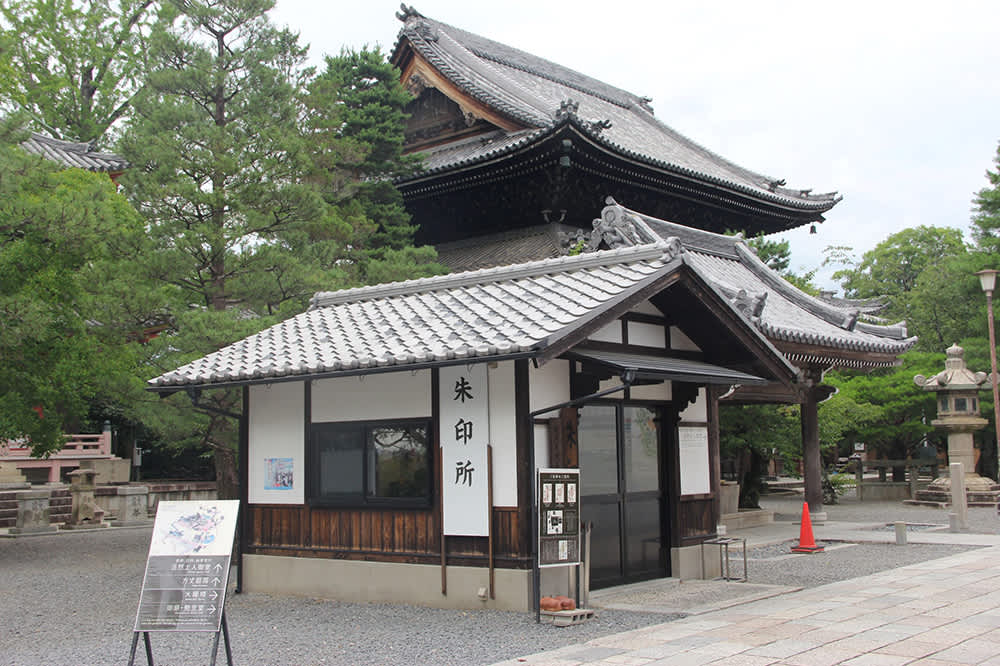
Photo credit: Jodo Shu head temple CHION-IN
During busy times, you may be asked to leave your book with the staff and return to pick it up later. To avoid crowding during the coronavirus pandemic, some shrines and temples will pre-stamp the goshuin on a piece of paper for visitors to paste into their books later. If you forget to bring your goshuincho, you can also receive a goshuin on a piece of paper.
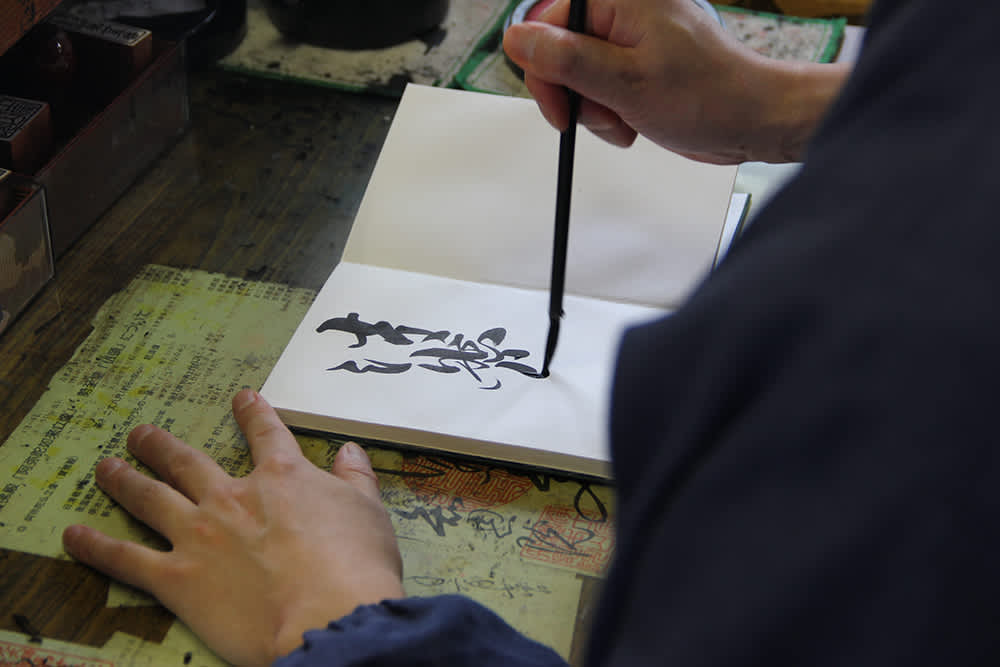
Photo credit: Jodo Shu head temple CHION-IN
Note that goshuin are considered sacred, so putting any other kind of stamp in the books should be avoided.
Where to receive a goshuin
Goshuin are available at shrines and temples across Japan, including Sensoji Temple in Asakusa and nearby Imado-jinja —a shrine famed for its hundreds of manekineko (beckoning cat) figures. Visitors to this shrine can receive a goshuin stamped with cat motifs.
Visitors to Kyoto’s historic shrines and temples can build a collection of goshuin to commemorate their trip. The Higashiyama district in eastern Kyoto is dotted with religious sites, including Chionin Temple, Kiyomizudera Temple and Yasaka-jinja Shrine, all of which offer goshuin. Some sites provide goshuin with an explanation of each element of the stamp in English.
How to read a goshuin
Each goshuin is distinct to a particular site. The red stamps are highly stylized combinations of Japanese characters and, in some cases, images. Generally, the largest red stamp contains the name of the shrine or temple. Smaller stamps might include the name of the enshrined deity or an official emblem or motif. After stamping, the calligrapher handwrites the name of the shrine or temple over the red stamps. They then write the date of your visit on the left of the goshuin, and in the upper right corner, the word “houhai”, which means “to worship.” Depending on the design of the goshuin, these elements may be in a different order. Some goshuin may also include a stamp or calligraphic motif representing the season or something distinct to that location.
Seasonal and limited-edition designs
In addition to traditional goshuin designs, many shrines and temples offer limited-edition stamps to mark a new year, local festivals, or the changing of the seasons. For the first visit of the year (hatsumode), some religious sites offer goshuin featuring the Chinese zodiac animal for that year. Visitors to certain shrines or temples during spring may find goshuin adorned with pink blossoms, while in autumn, goshuin may have motifs of fall foliage. Some of Kyoto’s temples offer goshuin stamped with maple leaves that mimic the foliage in the temples’ precincts.
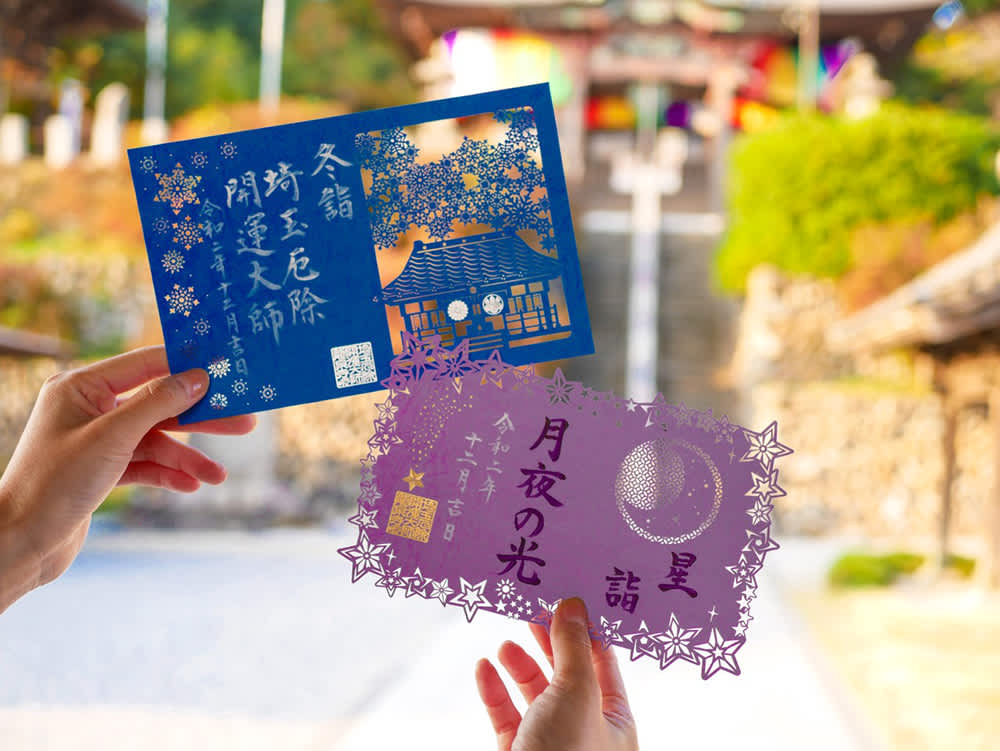
Photo credit: Yakuyoke Kaiun Daishi
As more people collect goshuin and share images on social media, religious sites are adapting, offering more colorful designs and limited editions to attract visitors. Some sites offer a choice of designs; they will usually be displayed at the goshuin office, so you can point to the one you want.
Making a pilgrimage
Pilgrims have journeyed to religious sites for centuries, be it one site or an arduous trek of multiple sites that share a connection. This act of worship and self-discovery is not limited to Japan; pilgrims in Europe have journeyed along Camino de Santiago (Way of St. James) to Santiago de Compostela in Spain for over 1,000 years. In more modern times, pilgrims on the Camino de Santiago can obtain a Pilgrim Passport booklet, which is similar to a goshuincho, and receive stamps at churches along the journey.
Perhaps the best-known pilgrim routes in Japan are the Shikoku 88 Temple Pilgrimage (Shikoku henro) and the Kumano Kodo Pilgrimage Routes in Wakayama that lead to the Kumano Sanzan—the grand shrines of Kumano. Pilgrims who complete sections of both the Camino de Santiago and the Kumano Kodo Pilgrimage Route can obtain a commemorative Dual Pilgrim Credential.
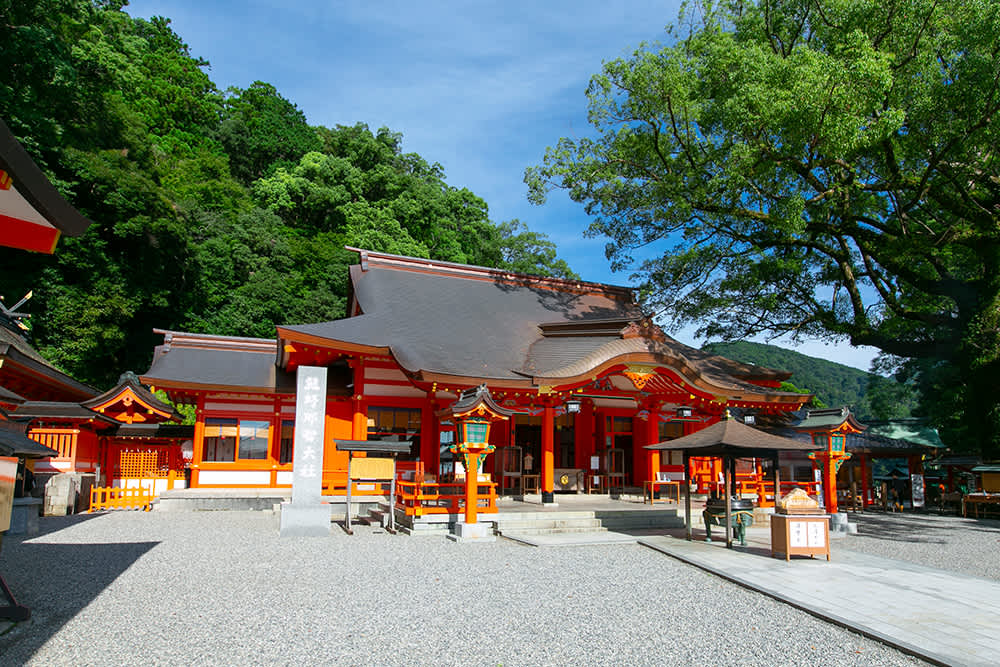
While longer pilgrimages can take many days and involve meandering through dense forests and along mountain paths, some inner-city “pilgrimages” are shorter and less demanding. In many Japanese cities, you can find a group of shrines and temples representing the seven deities of good fortune, or shichifukujin. Visitors can easily cover all the sites in one day, on foot or by subway, collecting a goshuin at each one. Neighborhoods in Tokyo with seven representative sites include Asakusa, Nihonbashi, Meguro and Yanaka.
Other temple and shrine mementos
Along with goshuin, most shrines and temples also offer amulets (omamori) for good luck or protection. These small charms or prayers are kept in a woven fabric bag, and each site has an original design. Around New Year, many visitors get their fortune (omikuji), written on paper. Some sites, including Naritasan Shinsho-ji Temple in Chiba and Kushida-jinja Shrine in Fukuoka, offer fortunes in multiple languages. If you want to make a special wish or prayer, you can write it on a votive tablet (ema). Hang the tablet with others at the site and leave the deities to do the rest.
-
About the author
Kirsty is an Australian writer, who has lived in Japan for 10 years. She received her first goshuin when she visited Todaiji Temple in Nara. Now, she never travels without her goshuincho stamp book.




















































